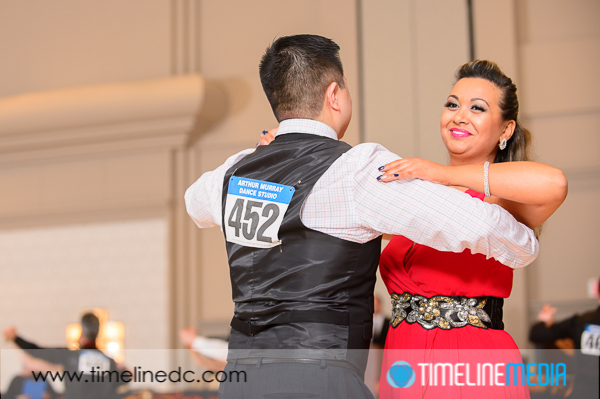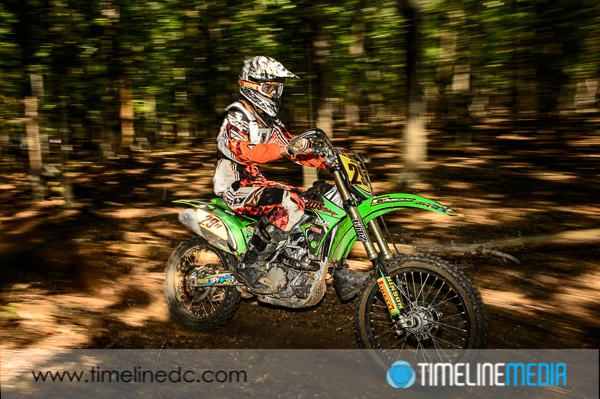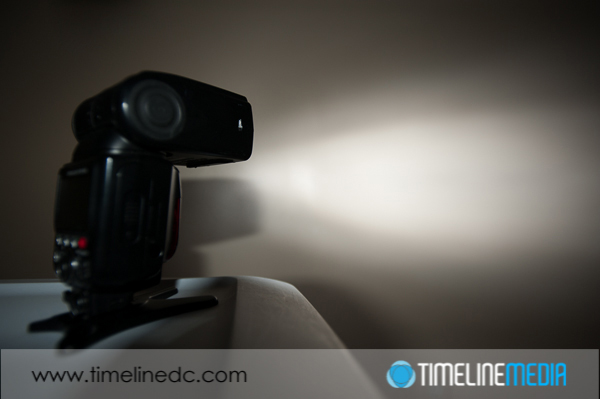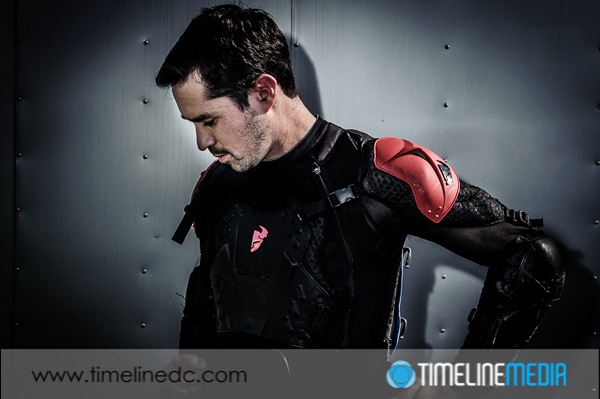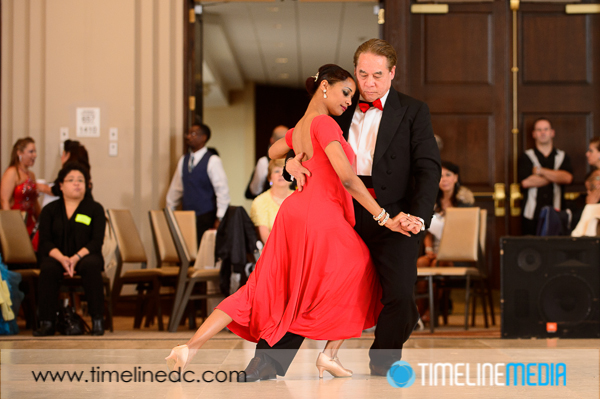
Tysons, Virginia
Sports and photographing action or events share similarities in the way you approach achieving the end objectives. The one I am writing about today is chasing photos. A quarterback in football that is known as a “gunslinger” takes more chances when he passes the ball. He will pass the ball in more situations where there is a lower percentage of success. Or he may overthink or outsmart himself. The overestimation of his abilities will enable him to complete a pass that has a low chance of getting to where he wants it to go.
Being an action photographer, I have similar problems when doing a long event shoot. For ballroom dancing, there is no shortage of action to get in the frame. Sometimes, though, I “chase” photos. I think that I can get my long lens to frame up a composition that I know is coming up. I am not the most experienced ballroom dancer. However, I have seen more than my fair share of dancers. I think I can anticipate when a specific line is coming up, and when the dancers seem to be lining up perfectly with my perspective.
Chasing Photos
Much like a gunslinger, this approach to photography can yield spectacular results! Unfortunately, this can also lead to missing some easier shots that were right in front of me, but I missed because I was chasing another photo. What I do now is to mix my technique while shooting. Only after I am sure the guaranteed shots are in the camera do I start to go for more unconventional photos. It allows me more freedom to be creative after the documentary or standard shots are done. I feel like I have completed my job for my clients, now I can move to other photos that I will add to my portfolio for later. If only my favorite football teams could do this…
TimeLine Media – www.timelinedc.com
703-864-8208


